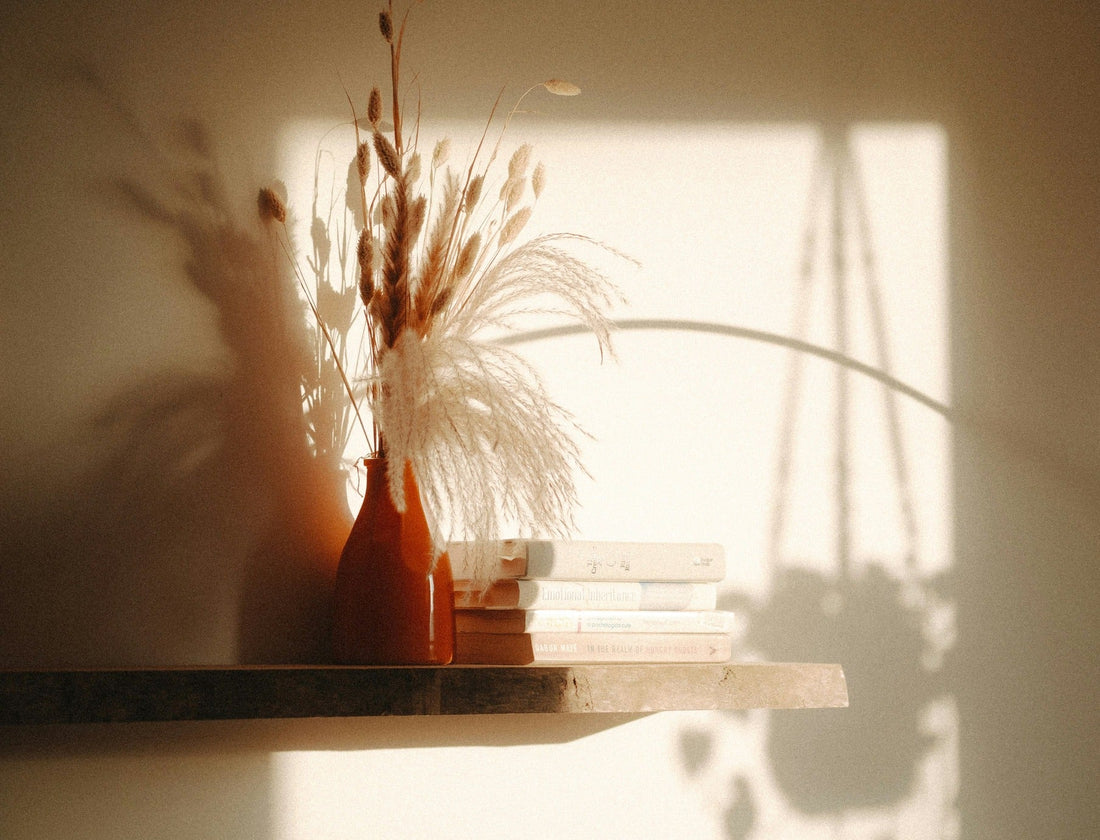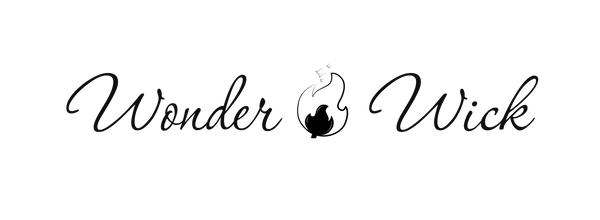
How to create daily flow without overthinking your routine
Share
If your daily routine feels inconsistent or chaotic, you’re not alone. It’s hard to stay focused when your day is packed, your energy dips mid-afternoon, and every task demands your full attention.
What is daily flow
A daily flow is the rhythm of your day. The way you move through tasks, breaks, and transitions. It’s not a strict routine. It’s a structure that helps you stay clear and focused without planning every hour.
When your day has flow, you know what needs your attention, when to take a pause, and how to shift focus without spiralling or multitasking. It’s built around small habits that support your energy and help your day feel more steady.

How to create daily flow
This guide will show you how to create a daily flow using three practical steps. Each part is simple to implement and designed to help you build a calm, consistent rhythm without overcomplicating your routine.
Step 1: Use anchors to build structure
Anchors are small actions that happen naturally during your day. These could be things like making coffee, turning on your computer, or preparing lunch. Instead of setting a timer for every task, you attach a small habit or focus ritual to an anchor that already exists.
For example, when you light a candle, that becomes your signal to start your deep work session. When you change the music or playlist, that’s your cue to reset and move into a different type of task. Anchors give your day a clear rhythm without needing to plan every hour.

Here are a few anchor-based rituals you can start with
- Light a candle when you begin focused work
- Stretch your body after preparing lunch
- Switch your playlist before starting a new task
- Put your phone in another room to transition into rest mode in the evening
Keep your rituals short and repeatable. They should support your daily routine, not interrupt it. Choose two or three to begin with and let them become part of your flow. This small shift helps reduce decision fatigue and makes transitions easier to manage.
Step 2: Divide your day into blocks
Instead of building a full schedule that changes every 30 minutes, try breaking your day into four blocks: morning, midday, afternoon, and evening. Each block has one clear purpose. This helps create mental clarity and allows you to stay focused without feeling boxed in.
Here’s a simple way to structure it
- Morning: set direction and start strong
- Midday: reset your mind and body
- Afternoon: complete key tasks
- Evening: wind down and recover
You can then match each block with a small focus ritual or anchor to reinforce it. This doesn’t require any extra tools or complicated systems. You’re simply choosing how you want to feel and act in each part of your day, and then using mindful habits to support that.
Here’s an example template to help you get started:
| Time | Anchor | Ritual |
|---|---|---|
| Morning | Open curtains | Set top 3 tasks, light an energising candle |
| Midday | Prepare lunch | Stretch, drink water, switch playlist |
| Afternoon | Look at to-do list | Start one task, clear desk |
| Evening | Put phone away | Light a relaxing candle, read or journal |
This structure gives you flexibility while still offering consistency. You’ll know what each part of your day is for, and you’ll have small habits in place that help you shift into the next phase with ease.
Step 3: Make one change each week
Daily routines are easier to maintain when you step back and review what’s working. Instead of making decisions every day, take ten minutes once a week to reflect. This keeps your structure aligned with your energy and helps you stay consistent over time.
You can do this every Sunday evening or Monday morning. Ask yourself three quick questions:
- What part of my day flow felt good?
- What drained my energy or created chaos?
- What one thing will I change next week?
It doesn’t need to be a full reset. Small changes lead to better habits. You might decide to move your midday reset earlier, try a different scent during your focus session, or add a short break before your evening starts. These adjustments help you build a routine that feels supportive rather than strict.

A flow template you can use today
If you want something simple to try this week, here’s a ready-made daily flow to test. You can copy it, tweak it, or use it as a starting point.
| Time | Anchor | Ritual Example |
|---|---|---|
| Morning | Coffee time | Write top priorities, use energising scent |
| Midday | End of lunch | Move your body, reset your desk |
| Afternoon | Check the clock | Switch playlist, light focus candle |
| Evening | Close laptop | Slow stretch, warm light, scent for rest |
Start by choosing just one block to focus on. Maybe your mornings already work well but your afternoons feel messy. Try using a focus ritual after lunch to create a stronger transition. If your evenings feel rushed, build a habit that helps you pause and reset before bed.
Daily flow builds gradually. One anchor. One ritual. One shift. That’s all it takes to start.
Tools that support your flow
You don’t need a full routine overhaul to feel more in control. But a few tools can help reinforce your new habits and make your daily structure easier to follow.
Here are some tools that could pair well with your flow:
- A candle you associate with focus for work or relaxation for the evening
- A scent you use when you want to reset or shift gears
- A playlist or sound cue that marks the start or end of a task
- A printed version of your flow to keep on your desk or fridge
You can keep these tools in the spaces you use most: your desk, kitchen table, or nightstand. Make them easy to reach and part of your environment. They will help your brain recognise patterns that will strengthen your flow routine.

Recap: how to build your daily flow
Daily flow helps you reduce chaos and move through your day with more clarity and energy. It gives you a flexible structure that works with your lifestyle instead of against it.
Here’s the three-step method:
- Choose 2–3 anchors and link them to simple rituals
- Break your day into four blocks and define the focus of each one
- Review once a week and adjust one part of your flow
Ready to start? Pick one anchor, one habit, and one moment this week to shift your energy with intention. You might be surprised by how much easier the rest of your day becomes.
